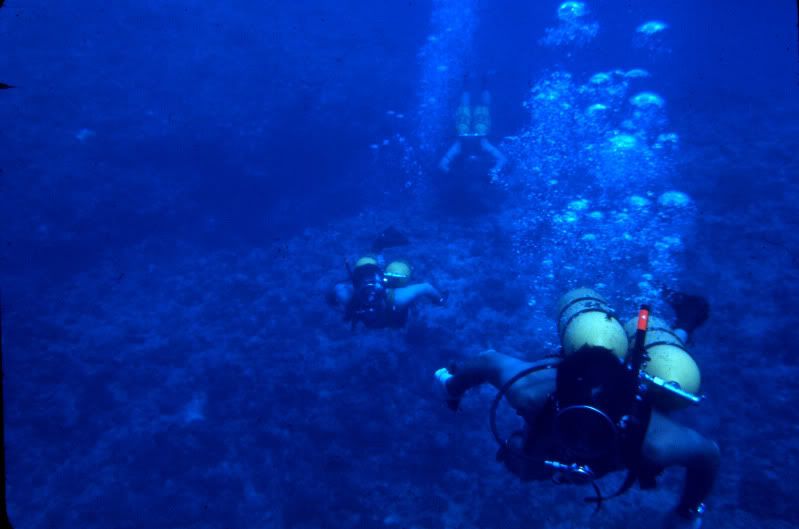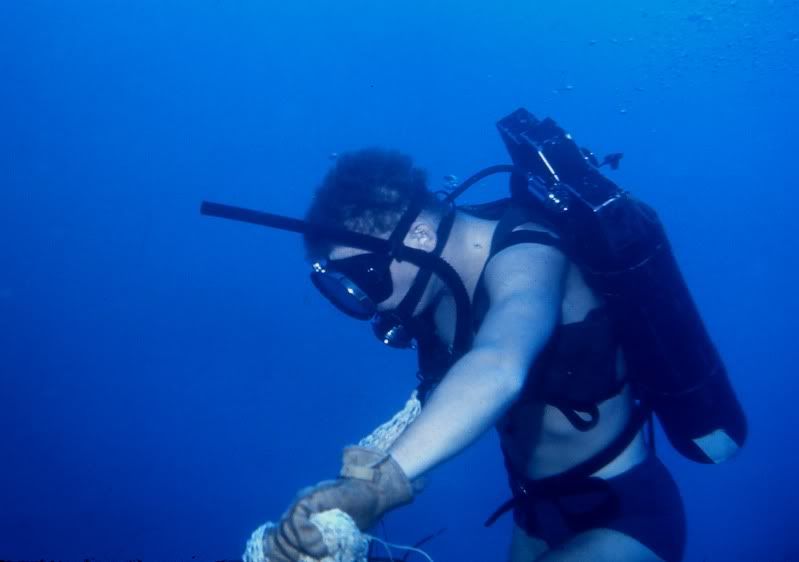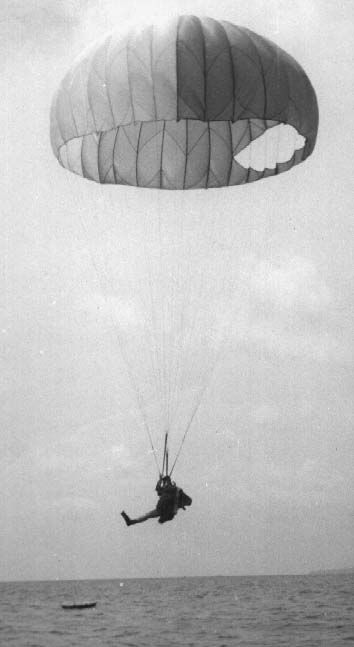oldmossback,Ya gotta remember, in those days, scuba as skindiving was basicly a man's sport.....ie: a man in athletic shape, good swimmer...three miles was the norm for qualification, calm and collected underwater......as there were no, octos, bc's to get them out of trouble or wetsuits that really were good fitting and warm.......
Guys routinely threw their tanks on over their head (there is a trick to that easy enough), had a bit of swagger, and refused to complain how cold the water was while their purple/blue skin turned back to normal.......ahhh the good old days!
One slight correction--the wet suits were better then as most were custom-made to the diver. They also were very nice and warm in the 1960s. My dive buddy in high school was Elaine McGinnis, and she was a great diver. So girls (we weren't that old yet) were in the sport and diving at that time.
Mike Nelson was Hollywood, and this was Hollywood talking. When I went through the U.S. Navy School for Underwater Swimmers in 1967, one of the favorite things for the Navy instructors to say was "Don't do what Mike Nelson did," especially putting the mask on the forehead. If we did that, we got to either do 20 pushups with our tanks on (twin 90s--this was the lesser punishment) or carry the "buddy line" for 24 hours. This line was about 8 feet of 6" diameter boat mooring line.
SeaRat







